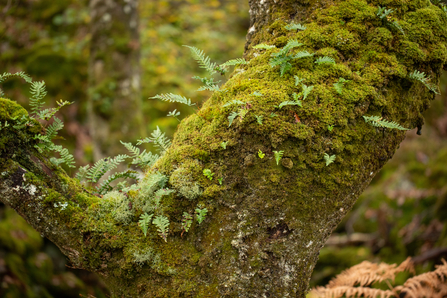Every year we publish our latest greenhouse gas inventory for The Wildlife Trusts, which includes the 46 Wildlife Trusts and our central body, the Royal Society of Wildlife Trusts. As a federation, we are working collectively towards net zero greenhouse gas emissions by 2030 – as set out in our collective Strategy 2030.
Reporting on emissions is important for transparency and to help us to identify where we most need to reduce emissions, to ensure we are doing everything we can to stop using fossil fuels. Our mitigation work is happening alongside our work on climate change adaptation, which includes taking action to protect and prepare for the impacts of climate change, for both nature and people. You can read more about this in our latest adaptation report:


